
Opera Phenix Plus High-Content Screening System
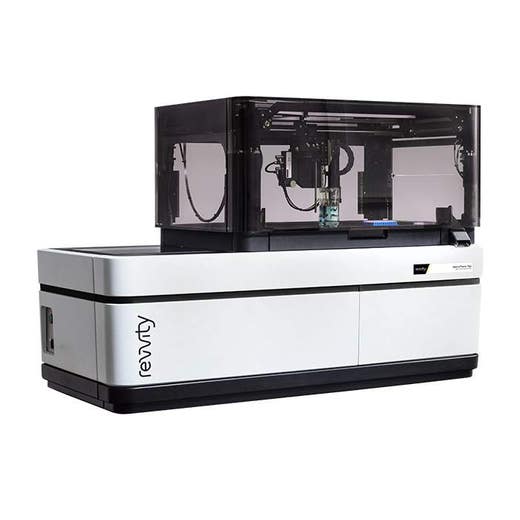
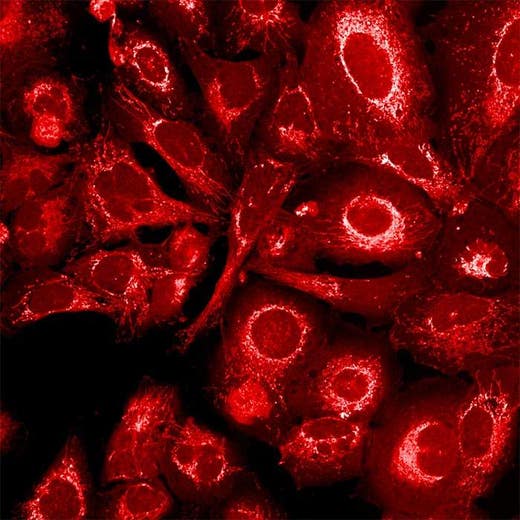
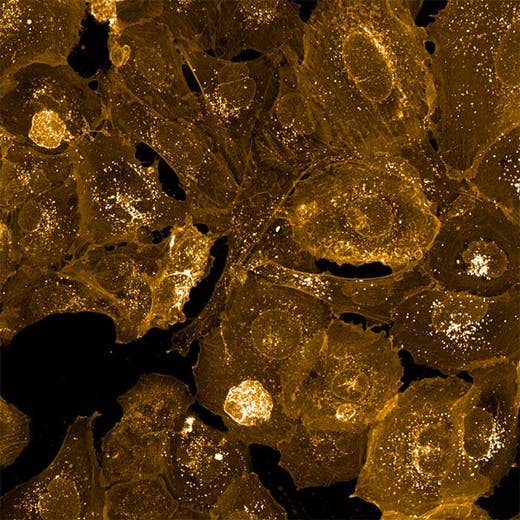

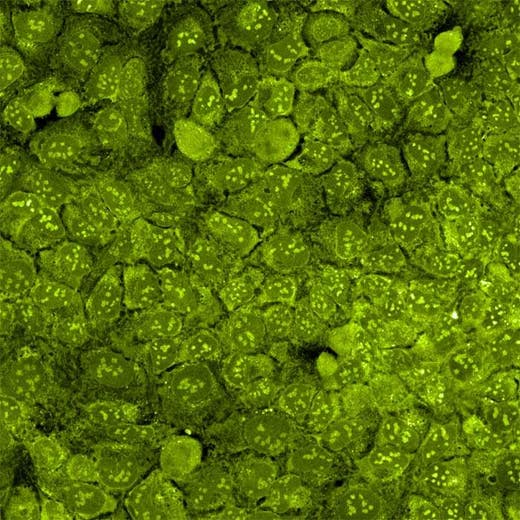

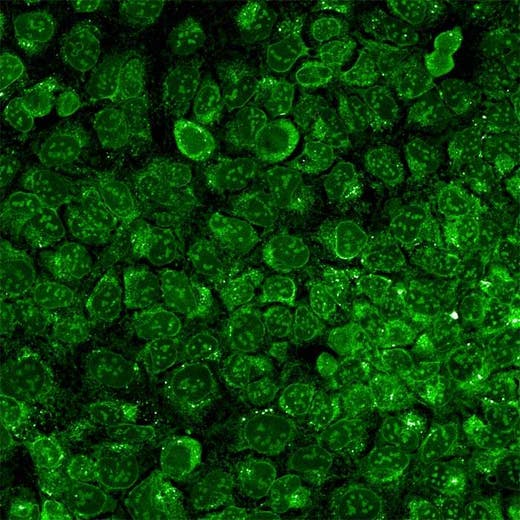
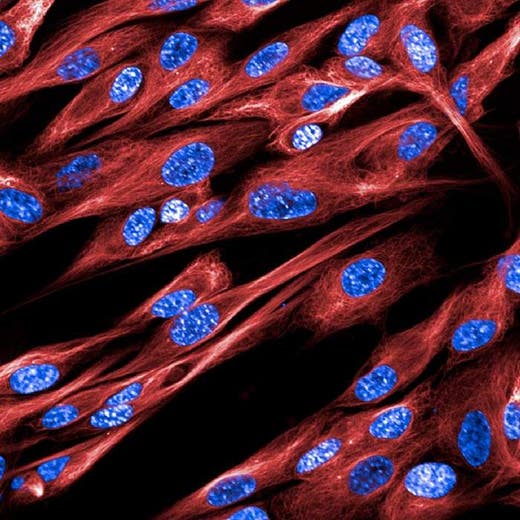

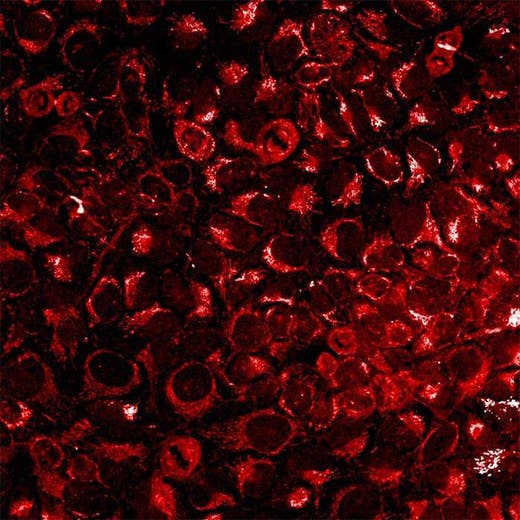
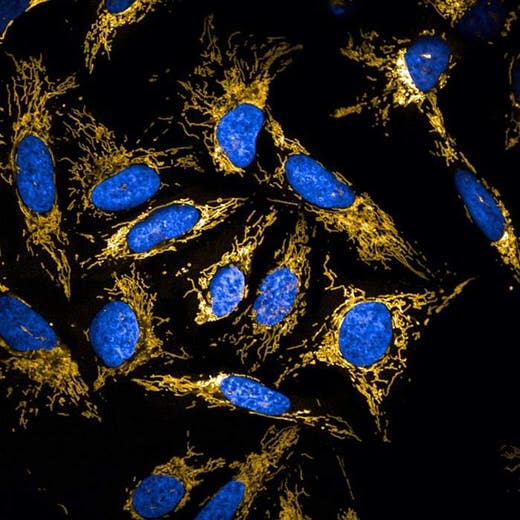
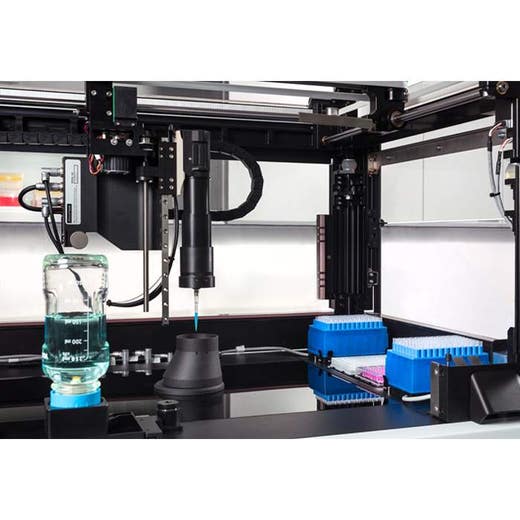
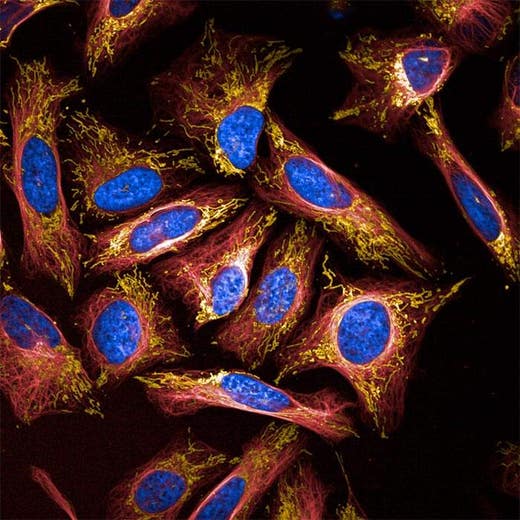
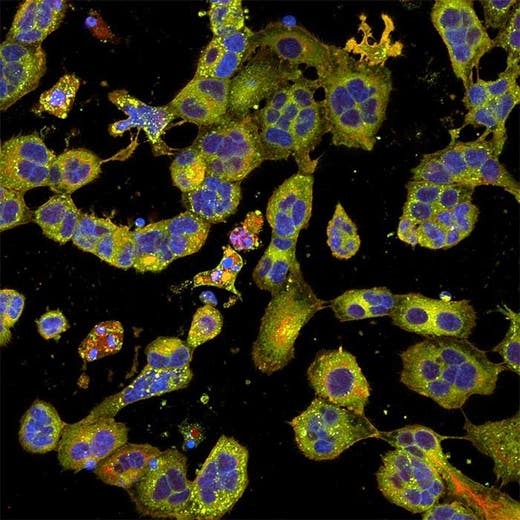
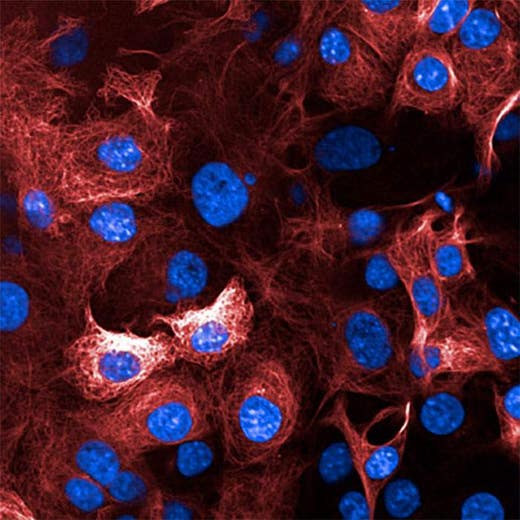
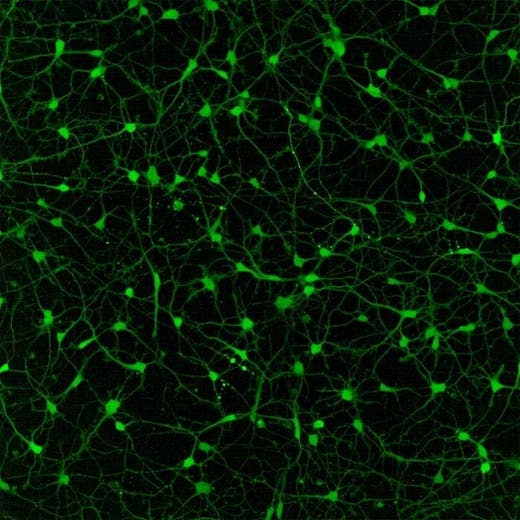
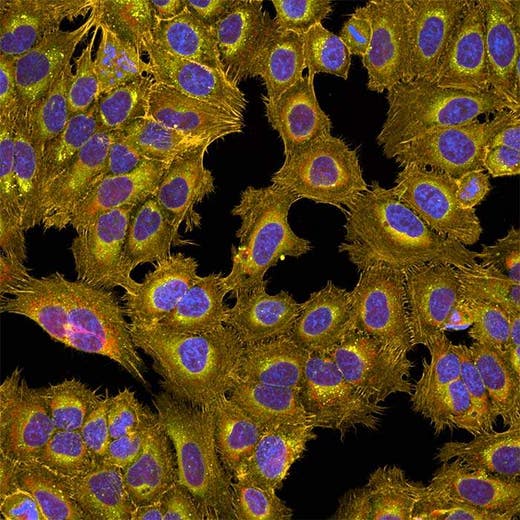


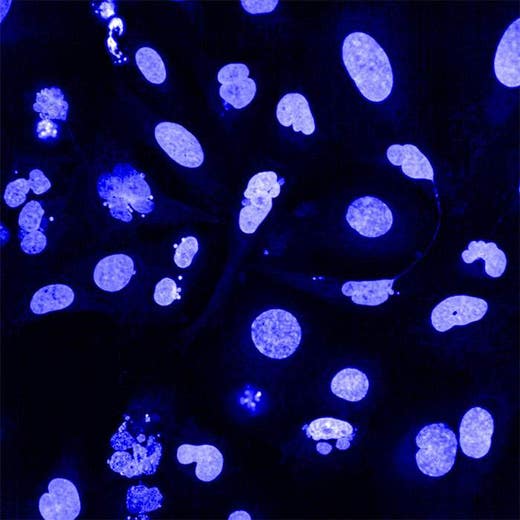
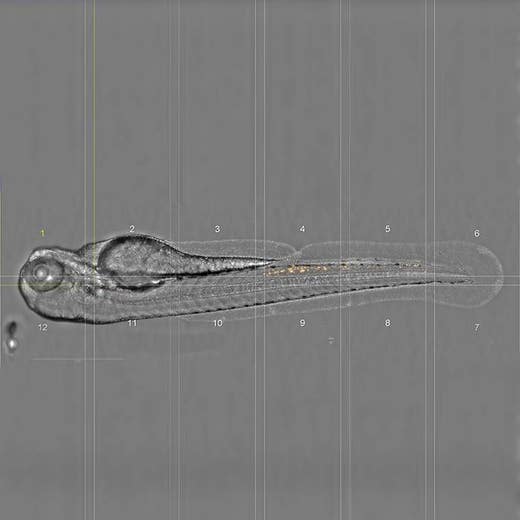
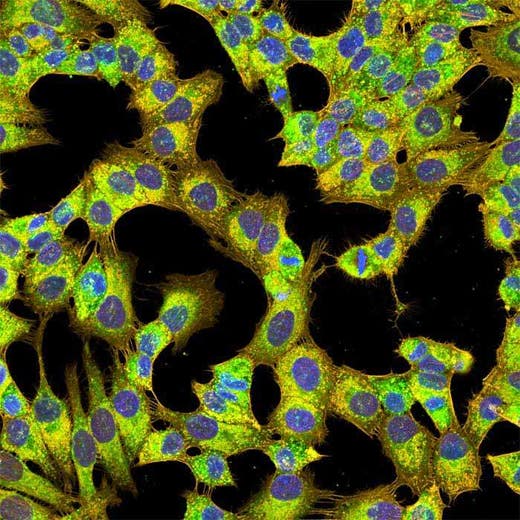
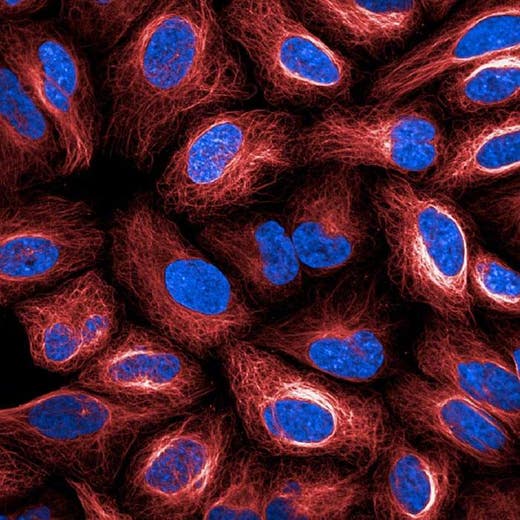
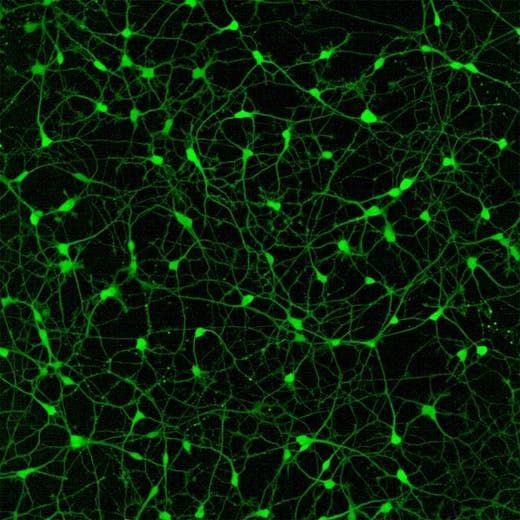

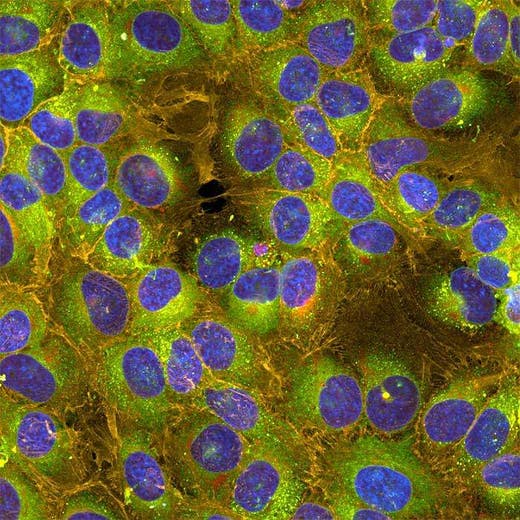
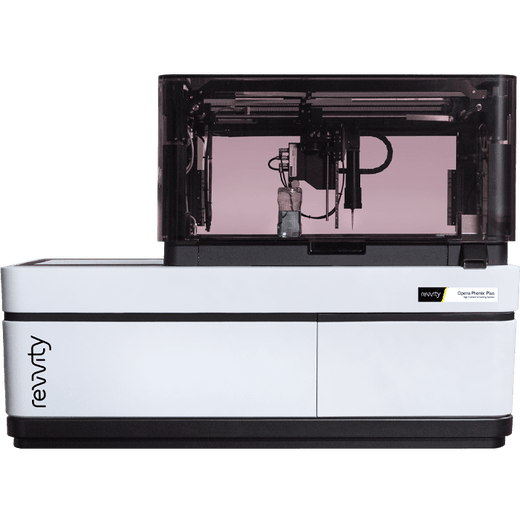
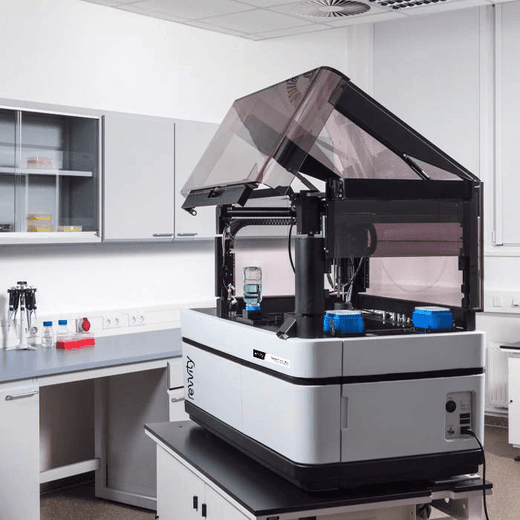
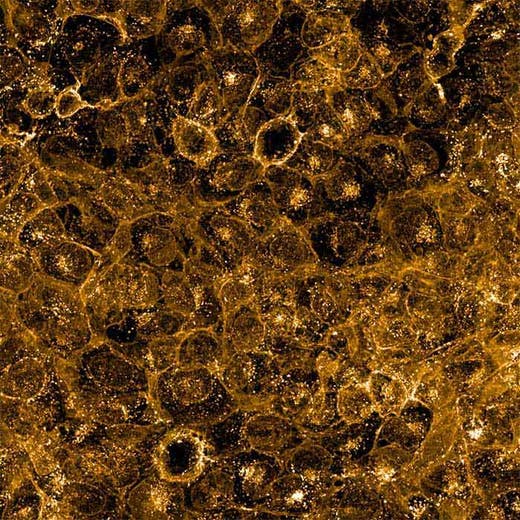
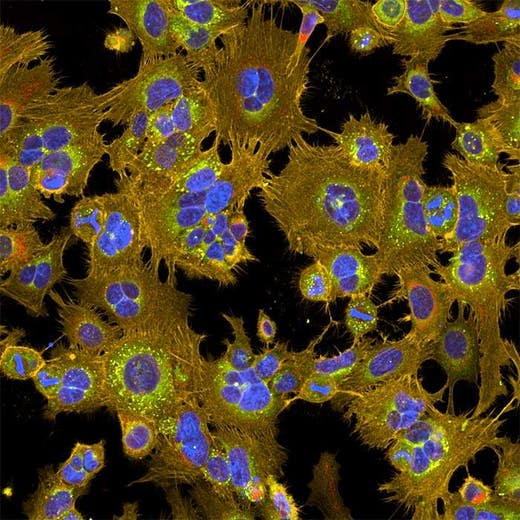
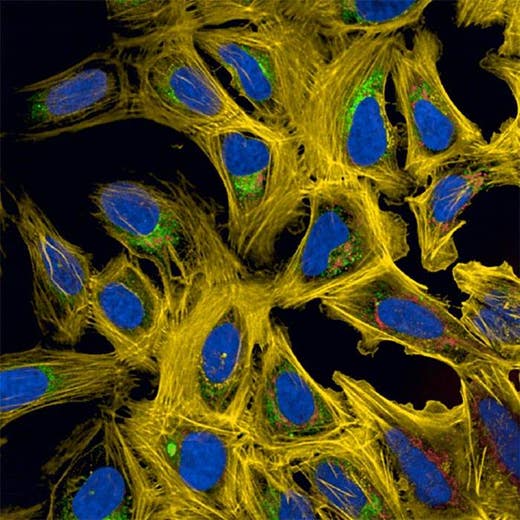
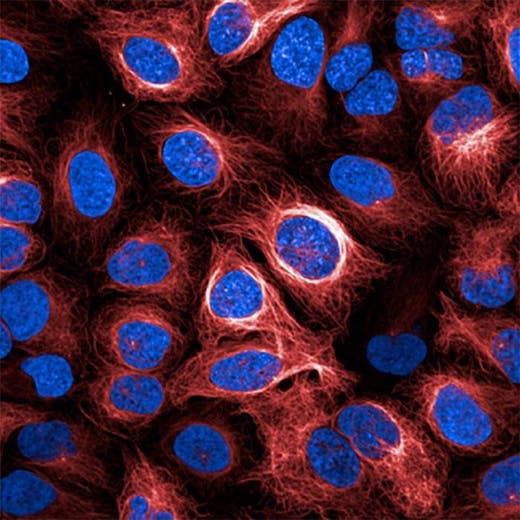
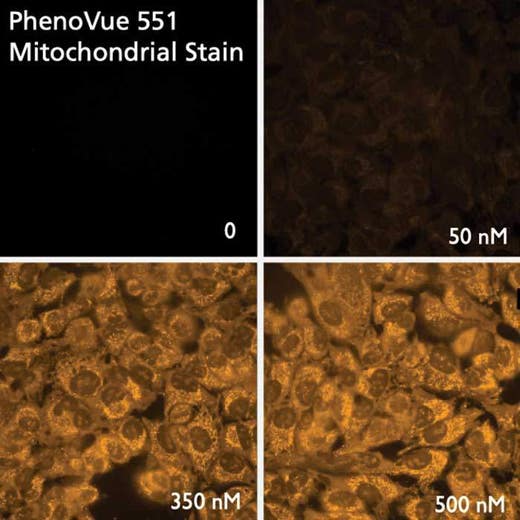
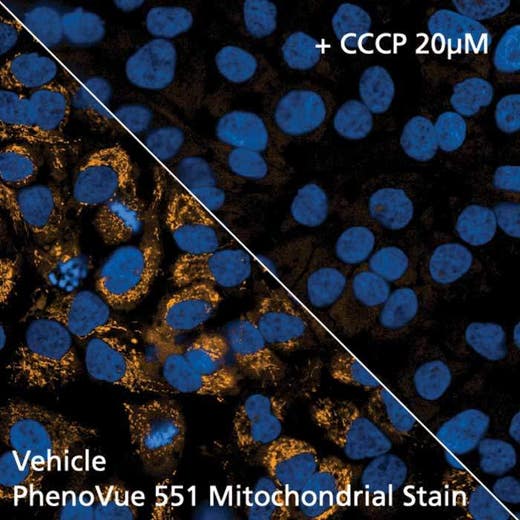

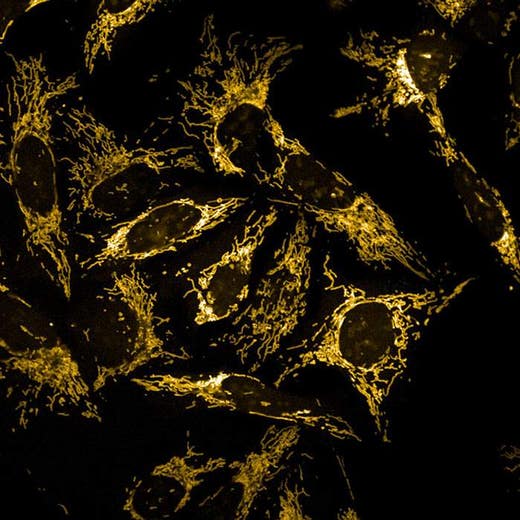

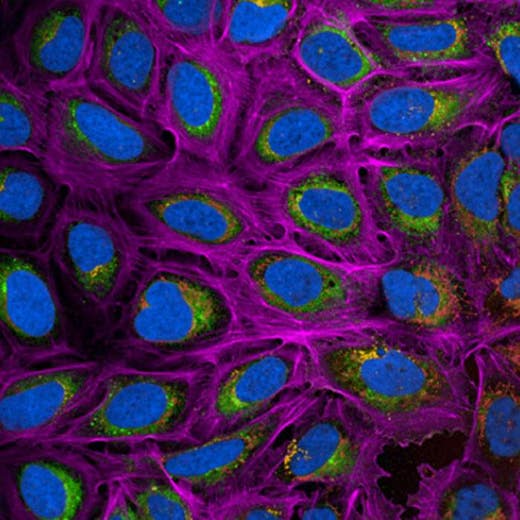
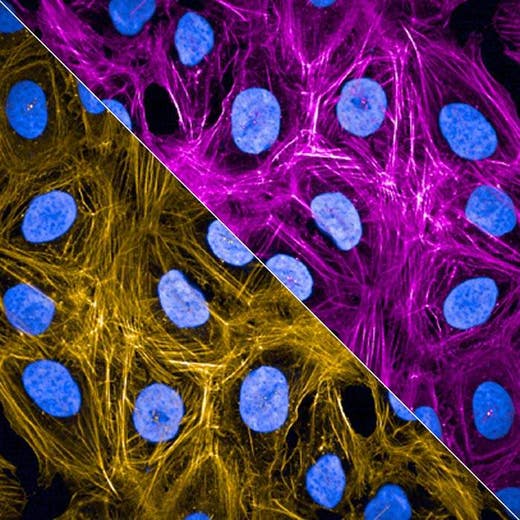
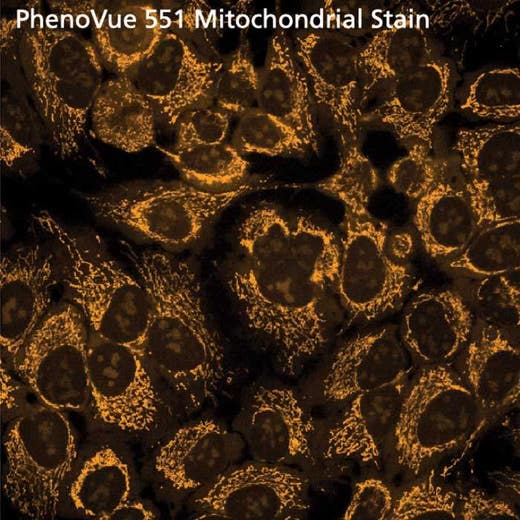













































Opera Phenix Plus High-Content Screening System

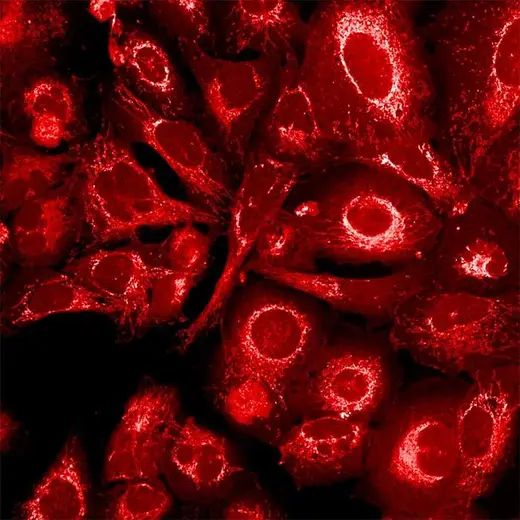
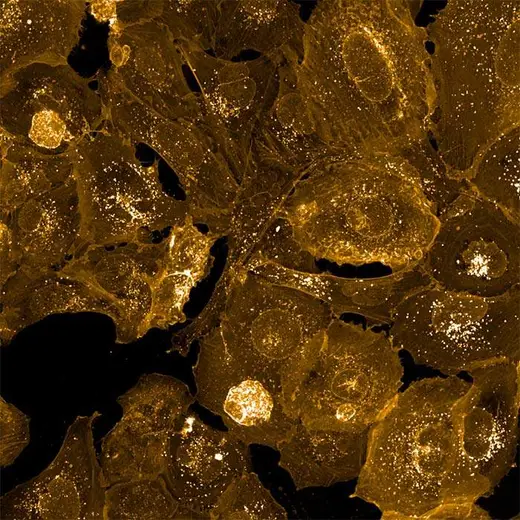
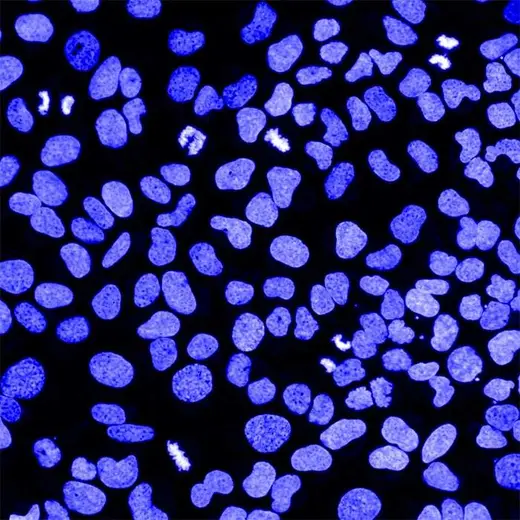
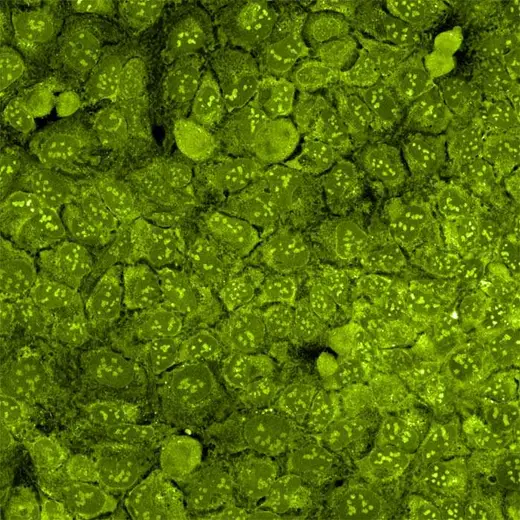
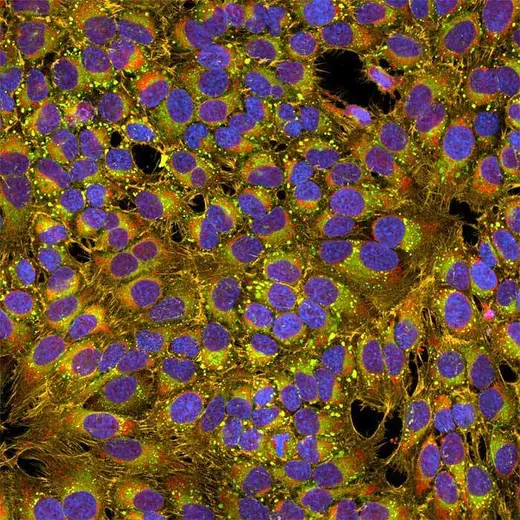
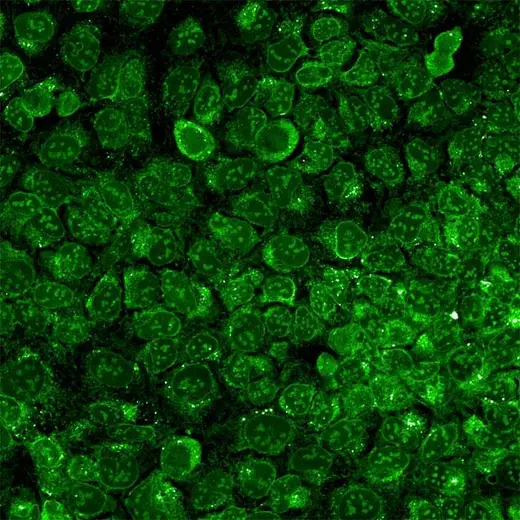
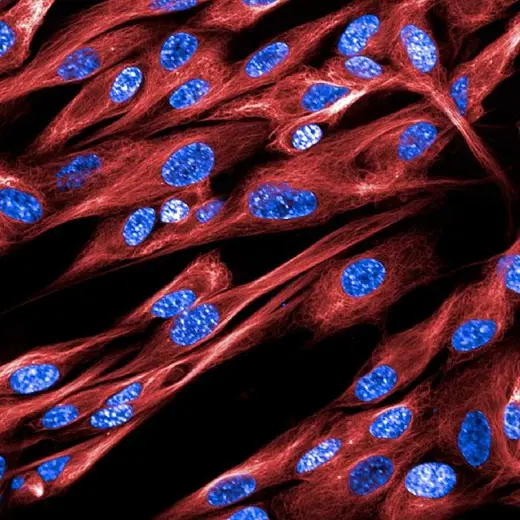
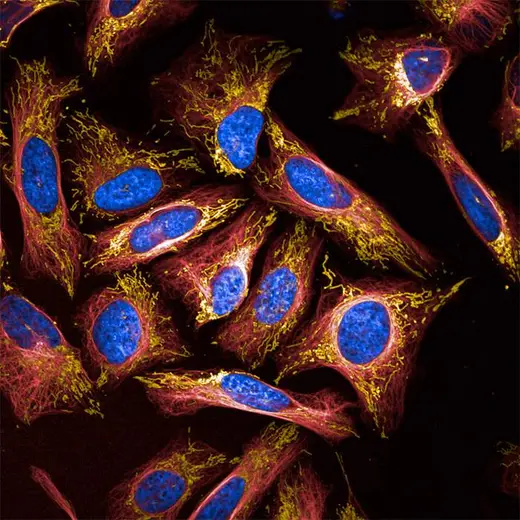
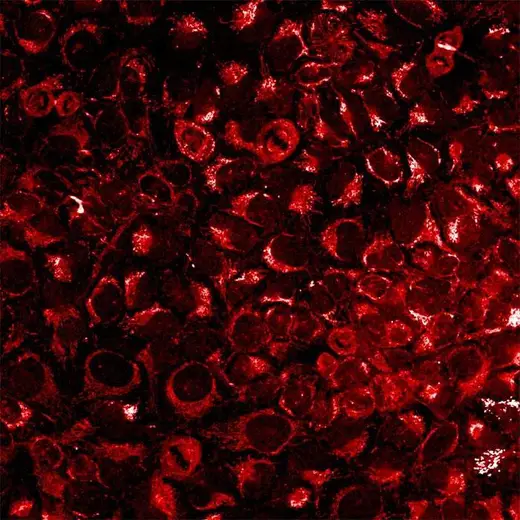
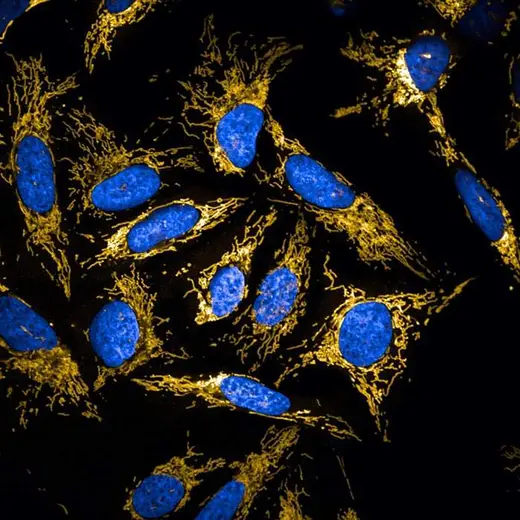
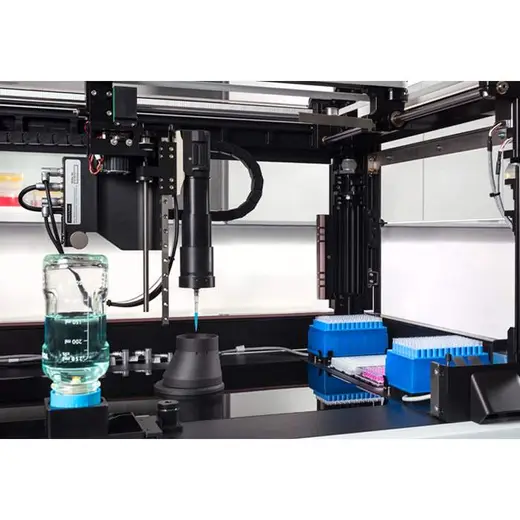
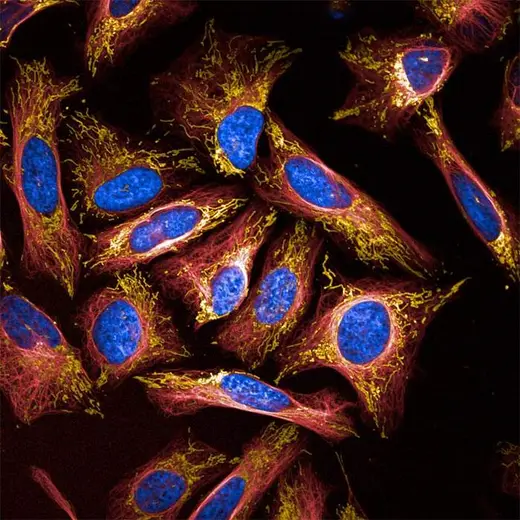
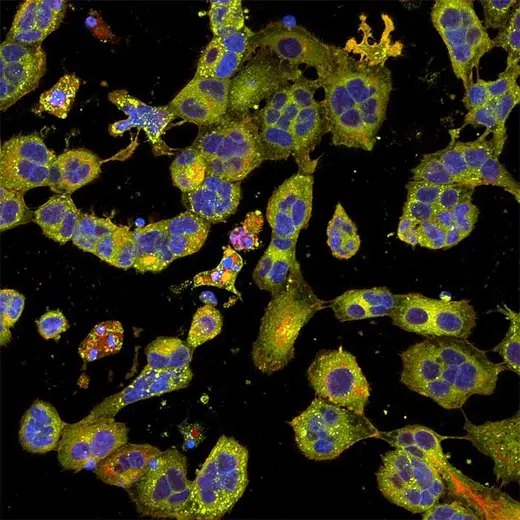
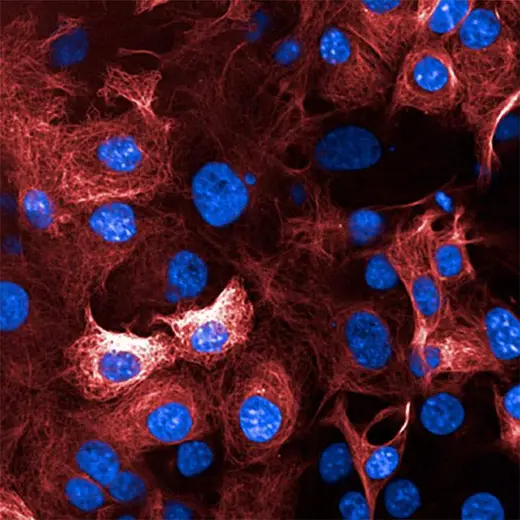
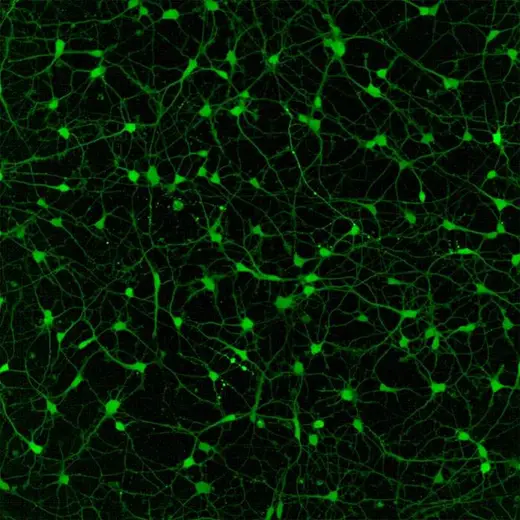
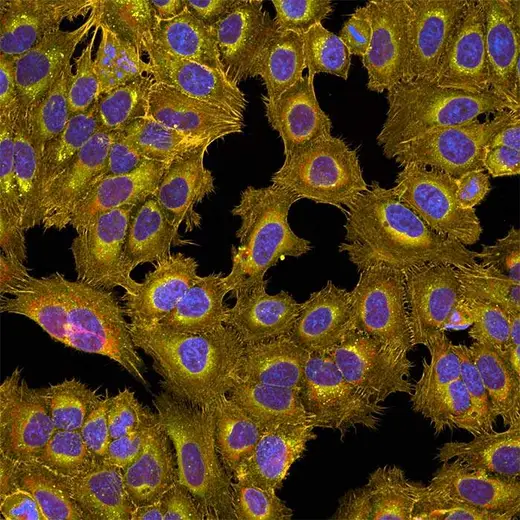
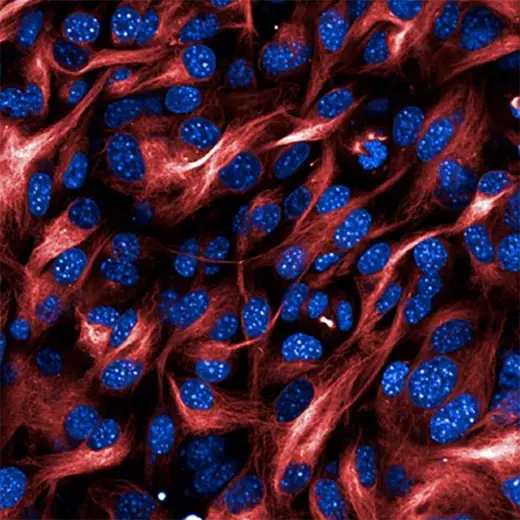
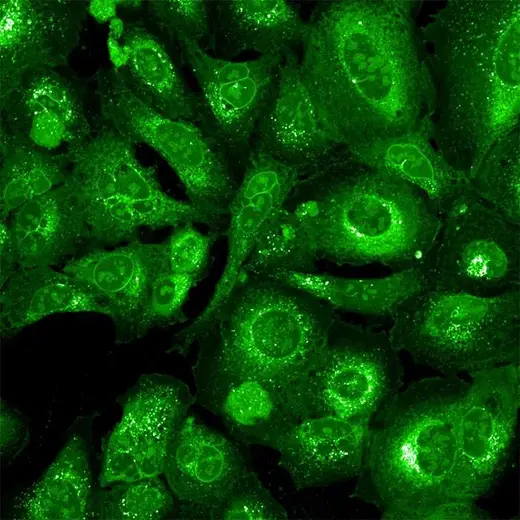
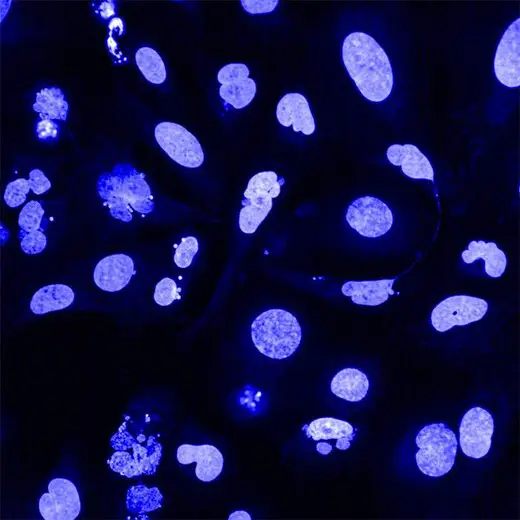

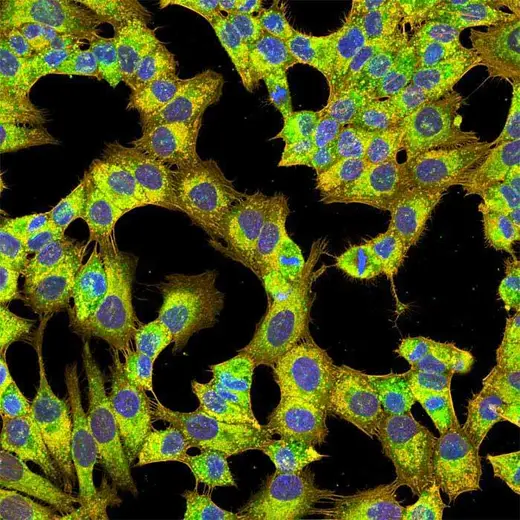
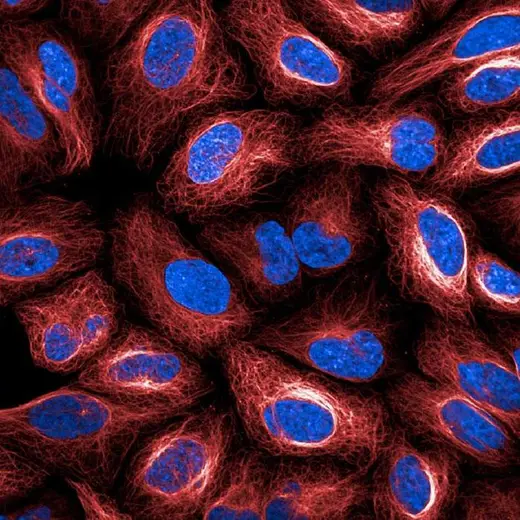
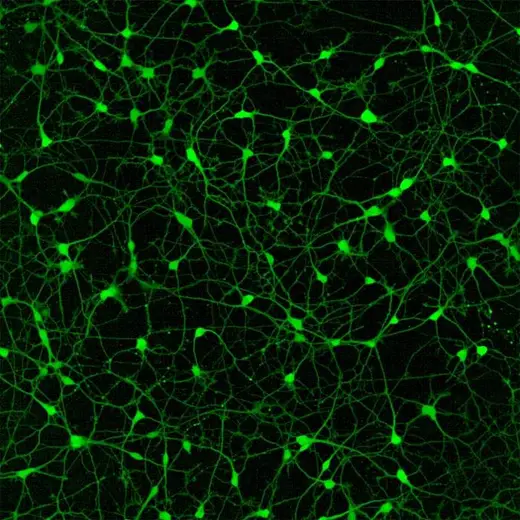
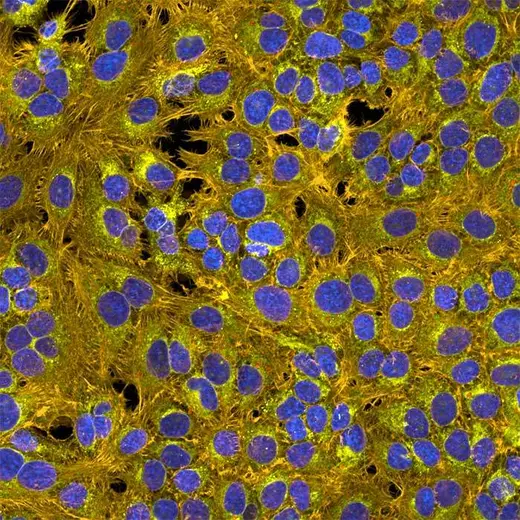
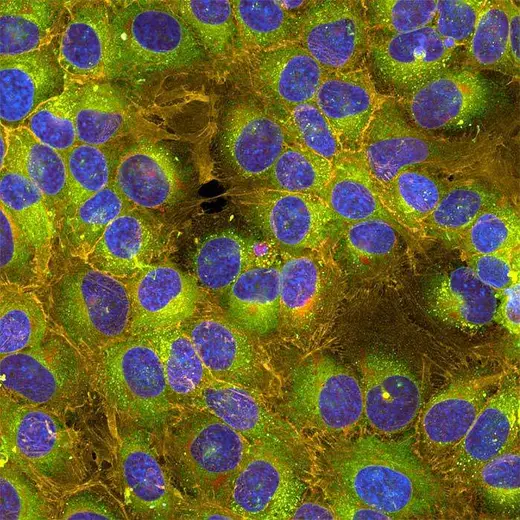
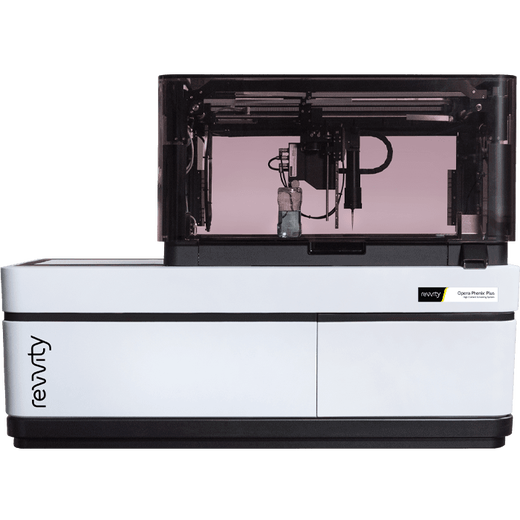
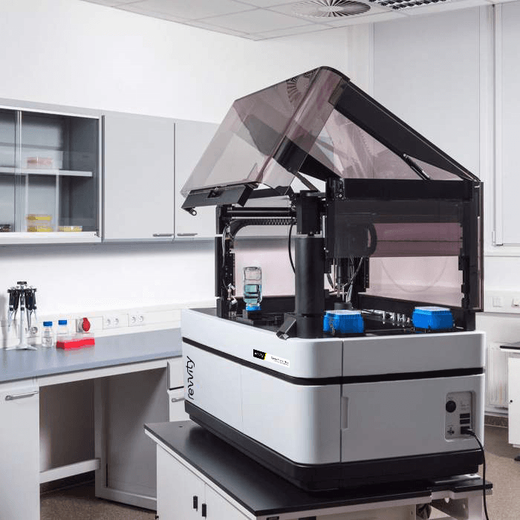
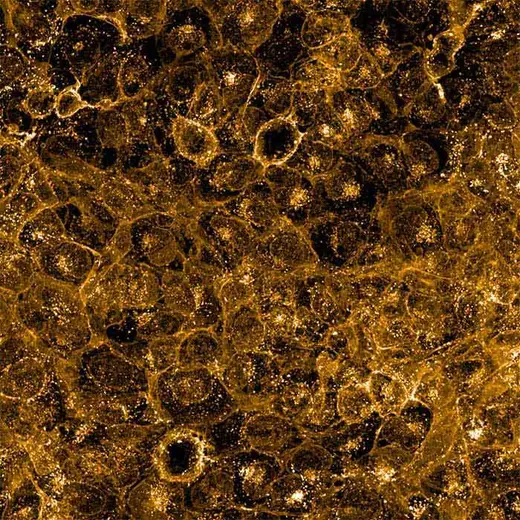
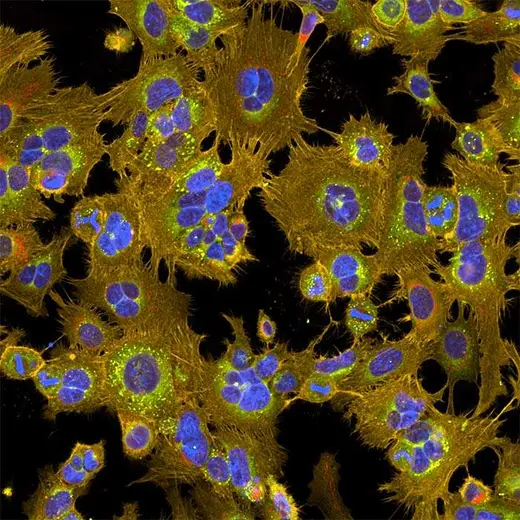
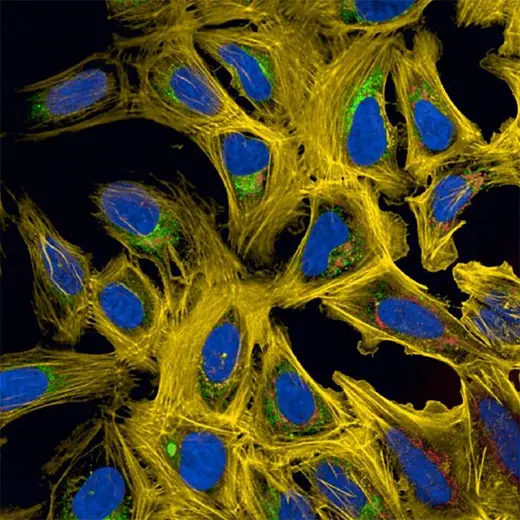

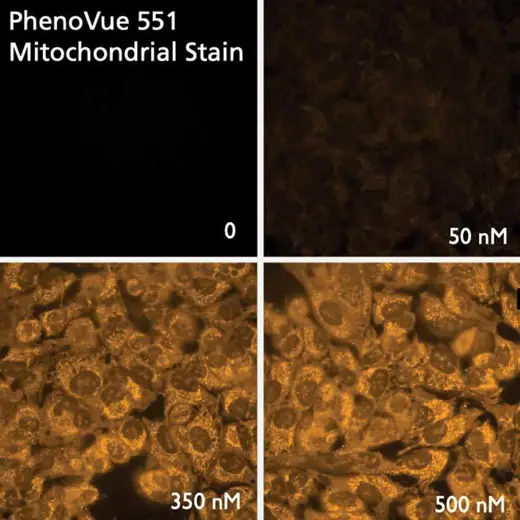
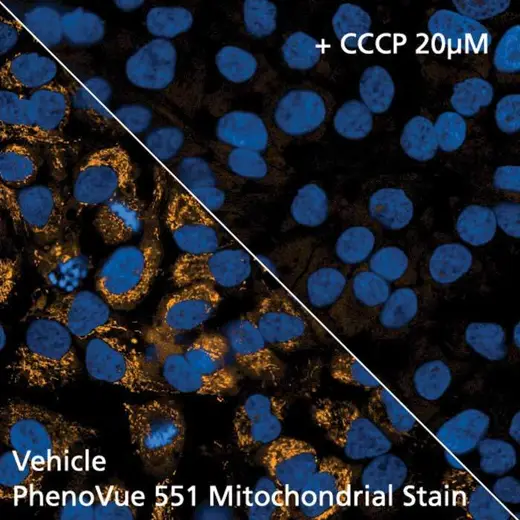
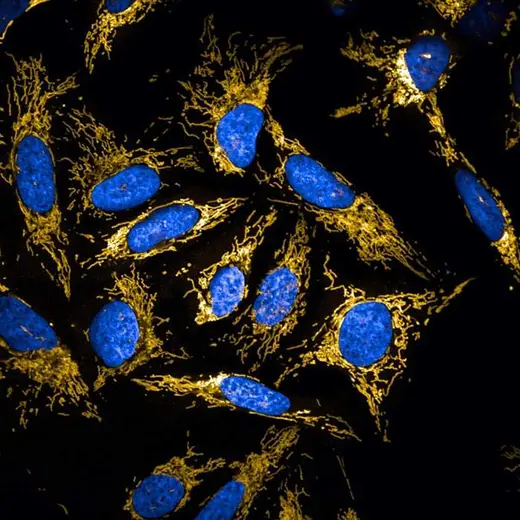
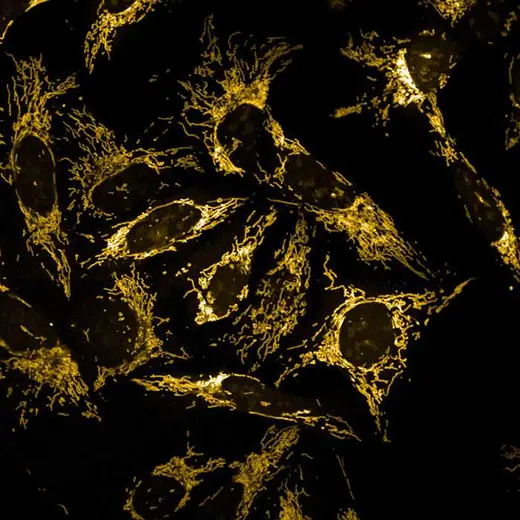

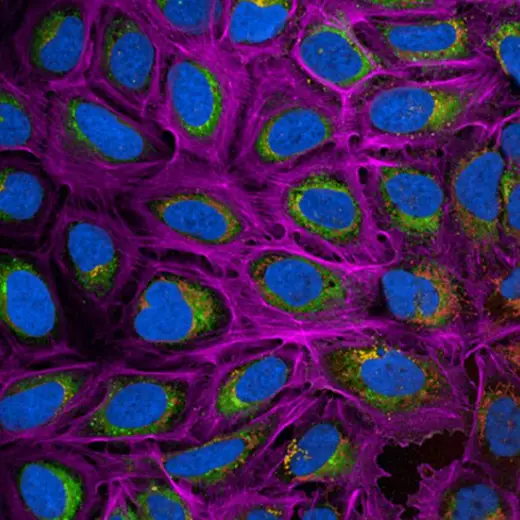
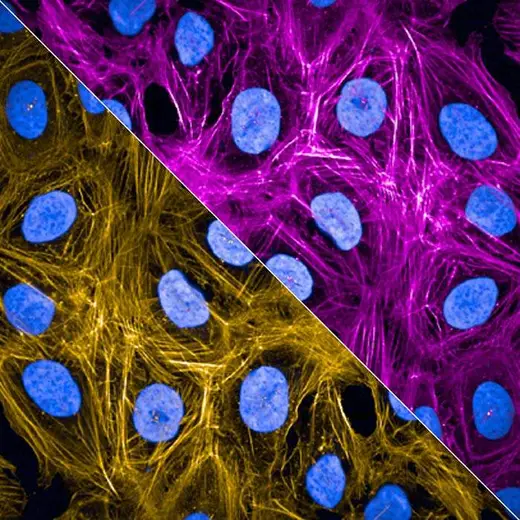
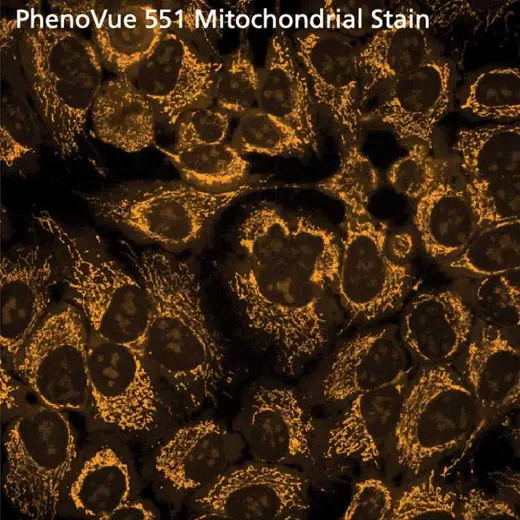













































Opera Phenix Plus High-Content Screening System





















































































The Opera Phenix™ Plus high-content imaging system is a premier confocal solution for today’s most demanding high content applications. Drawing on over two decades of experience, the Opera Phenix Plus is designed for high-throughput high-content imaging assays, phenotypic screening, assays using complex disease models, such as live cells, primary cells and microtissues, and fast-response assays, such as Ca2+ flux.
For research use only. Not for use in diagnostic procedures.
Product information
Overview
Unlock Deeper Insights with Opera Phenix Plus!
Discover More: High content imaging provides a greater depth of information than other approaches, allowing you to explore cellular processes in detail
Quantify in Detail: Analyze phenotypic changes at scale, from single cells to entire populations. High-content imaging empowers detailed quantification.
Enhance 3D Imaging: Water immersion objectives elevate 3D image quality, revealing intricate details within complex biological structures.
Boost Throughput: Add more cameras to increase speed and efficiency. High-content imaging accelerates your research pipeline.
Make meaningful discoveries faster with our advanced high-content imaging solutions.
Additional product information
Applications
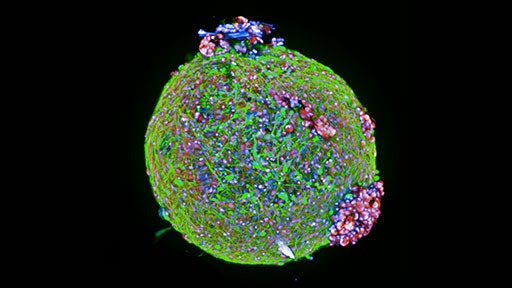
Micro Physiological Systems (MPS)
Deepen understanding of 3D cell models with clearer images that reveal critical features and processes.
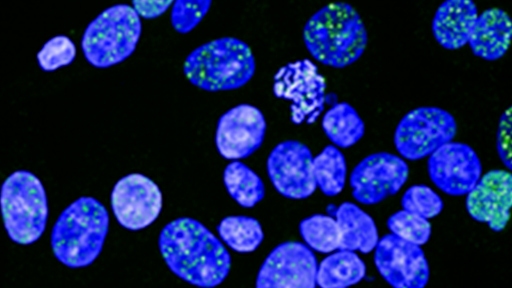
Functional genomic screening
Create genetic evidence with ease by phenotyping cellular response to thousands of gene manipulations in a single experiment.
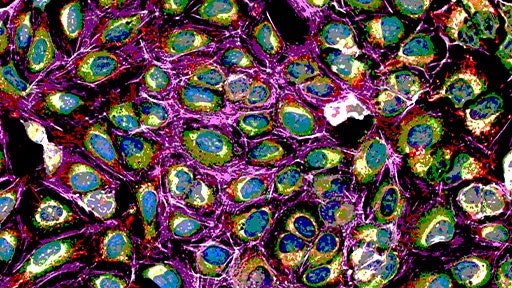
Cell painting
Simplify multiparametric screening with out of the box reagents and analysis to reduce complexity (and create more time for you to focus on the science).
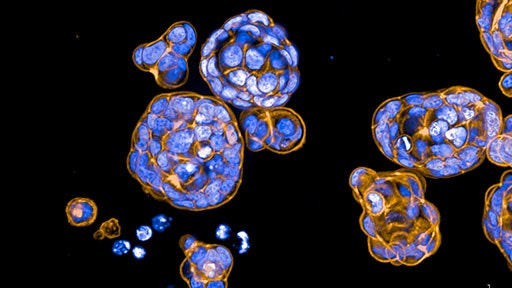
Drug sensitivity testing
Determine rational treatment selections regimens by rapidly characterizing ex vivo cellular function in response to drug treatment.
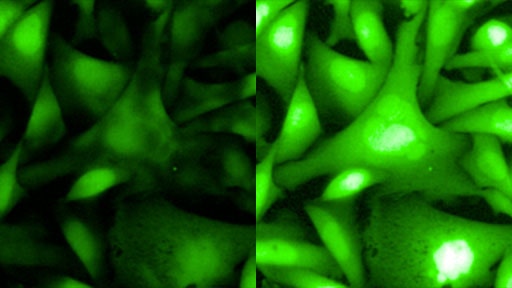
Fast response assays
Capture rapid cellular events and dynamic processes with fast frame rates and on-board liquid dispensing.
Features at a glance

Multiple cameras
Increase imaging speed by multiple cameras and simultaneous acquisition especially for extensive stacks for 3D models.

Microlens-enhanced pinhole disk
Microlenses increase the excitation efficiency allowing for a bigger pinhole to pinhole distance thereby reducing out of focus light in confocal imaging.

Automated water-immersion objectives
Improve image quality and get better data by enhancing the signal and improving the z resolution while capturing more light.

Proprietary Synchrony™ Optics
Combine a microlens-enhanced pinhole disk with dual-view confocal optics. This minimizes spectral crosstalk during simultaneous acquisition by separating fluorescence excitation and emission. Provide greater speed and higher sensitivity.

Machine learning
Easily create algorithms without being an image analysis expert using our PhenoLOGIC proprietary machine-learning technology.

Intelligent image acquisition
Image only the objects you are interested in, centered at high magnification, thereby reducing imaging time and data size.

Powerfully simple analysis
Harmony™ high-content imaging and analysis software can make you more productive faster with ready made templates and simple steps to a custom analysis

3D analysis
Explore your cell models by visualizing them in a 3D- and an XYZ-viewer and quantify volumetric and other 3D related phenotypic readouts.
Opera Phenix Plus family – typical configurations
Opera Phenix Plus Single
The same sensitive and resolution as the rest of the Phenix family, with the ability to upgrade later with additional cameras.
Opera Phenix Plus Simultaneous
Higher speed, dual-camera system for multi-color, simultaneous confocal image acquisition and fast multiplexing.
Opera Phenix Plus FRET
With its five lasers and four-camera setup, it supports CFP/YFP FRET applications to map protein-protein interactions.
Opera Phenix Plus Screener
The ultimate in throughput and performance, it delivers four cameras and four higher powered lasers-supporting screening of large libraries.
| Single | Simultaneous | FRET | Screener | ||
|---|---|---|---|---|---|
| System Options | Number of cameras | 1 | 2 | 4 | 4 |
| Camera upgrade path | 2 or 4 cameras | 4 cameras | - | - | |
| Automated water immersion lenses | ✔ | ✔ | ✔ | ✔ | |
| Transmitted light | ✔ | ✔ | ✔ | ✔ | |
| Environmental control | ✔ | optional | ✔ | optional | |
| On-board liquid handling | optional | optional | optional | optional | |
| Robotics/Automation Compatible | ✔ | ✔ | ✔ | ✔ | |
| Emission filters | 8 | up to 16 | up to 14 | up to 14 | |
| Acquisition speed | 2D/3D | +/+ | ++/++ | +++/++++ | +++/++++ |
| Lasers | 375/425 nm | - | - | ✔ | - |
| 405 nm | ✔ | ✔ | - | ✔ | |
| 488 nm | ✔ | ✔ | ✔ | ✔ | |
| 561 nm | ✔ | ✔ | ✔ | ✔ | |
| 640 nm | ✔ | ✔ | ✔ | ✔ | |
| Imaging modes | Synchrony optics for minimized simultaneous imaging cross talk | - | ✔ | ✔ | ✔ |
| Multi-color fluorescence imaging | ✔ | ✔ | ✔ | ✔ | |
| Multi-color simultaneous confocal imaging | - | ✔ | ✔ | ✔ | |
| 3D imaging | ✔ | ✔ | ✔ | ✔ | |
| Brightfield and digital phase contrast | ✔ | ✔ | ✔ | ✔ | |
| Fluorescence widefield imaging | ✔ | ✔ | ✔ | ✔ | |
| Ratiometric FRET* | + | + | ++ | + | |
| Fast frame rate imaging | ✔ | ✔ | ✔ | ✔ |
*CFP/YFP or spectrally similar pairs
Image aquisition and analysis simplified
- Intuitive workflow: Harmony™ software offers an intuitive user interface that guides you from image acquisition to analysis and evaluation.
- Templates for quick set-up: Templates allow you to set up acquisition channels and parameters efficiently.
- Ready-made solutions: Choose from pre-built solutions for common image analysis tasks, simplifying your workflow.
- Customizable building blocks: Create, configure, and customize your own high-content analysis applications using image analysis building blocks.
- Advanced features: Harmony™ includes advanced analysis capabilities, such as texture and STAR morphology analysis, providing detailed descriptions of cellular morphology and robust differentiation of phenotypes.
- Data management: The software automatically stores analysis results and metadata, including assay layout, instrument settings, and user-defined keywords and annotations.
Progress faster with verified solutions
- Microplates for high-content imaging:
- Utilize PhenoPlate™ 384-well microplates designed for optimal performance in high-content imaging applications.
- Employ CellCarrier Spheroid ULA plates for imaging 3D models.
- Automation and workstations:
- Improve throughput, productivity, and reduce variability and reagent costs by automating your Opera Phenix Plus system.
- Benefit from automated workflows using the explorer™ G3 workstations for cell painting, 3D cell culture, or phenotypic screening.
- Efficient data management:
- Export results automatically into the Signals Image Artist™ platform that uses high performance computing and an industry standard object store to provide a scalable, multi-user solution for image analysis and management.
- Access, re-analyze, store, and share all your cell image data from Opera Phenix Plus and other high-content screening (HCS) systems.
- Advanced analysis with signals vitro vivo:
- Perform screening data analysis and validation.
- Conduct QC analyses, calculate reliable normalization, multivariate hit stratification, dose-response curves, and drug response profiling.
Specifications
| Brand |
Opera Phenix Plus
|
|---|---|
| Unit Size |
1 Unit
|
Image gallery
















































































Opera Phenix Plus High-Content Screening System
















































































Opera Phenix Plus High-Content Screening System
















































































Video gallery





Opera Phenix Plus High-Content Screening System





Opera Phenix Plus High-Content Screening System





Resources
Are you looking for resources, click on the resource type to explore further.
The standard of care for individuals diagnosed with advanced and metastatic prostate cancer is androgen deprivation therapy (ADT)...
Researchers at the Institute for Molecular Medicine Finland (FIMM), HiLIFE, University of Helsinki, are demonstrating how...
Our current understanding of the pathways leading to cytokine production in humans originates from studies in transformed T-cell...
Researchers are increasingly looking to 3D cell cultures, microtissues, and organoids to bridge the gap between 2D cell cultures...
A team of researchers exploits high-content imaging to phenotype the effects of antimicrobial exposure on individual bacteria...
A team of researchers exploits high-content imaging to phenotype the effects of antimicrobial exposure on individual bacteria...


How can we help you?
We are here to answer your questions.






























